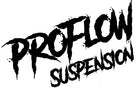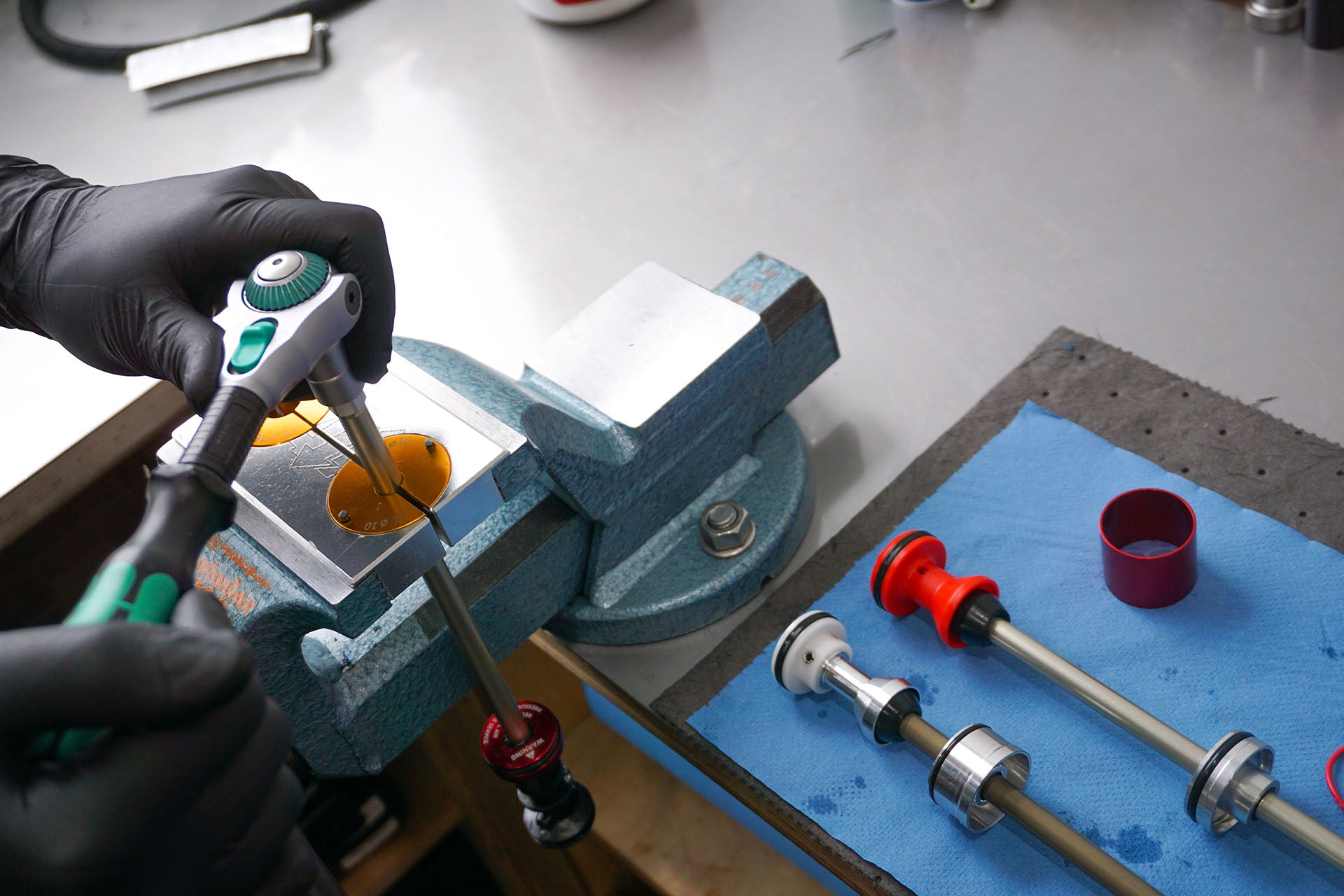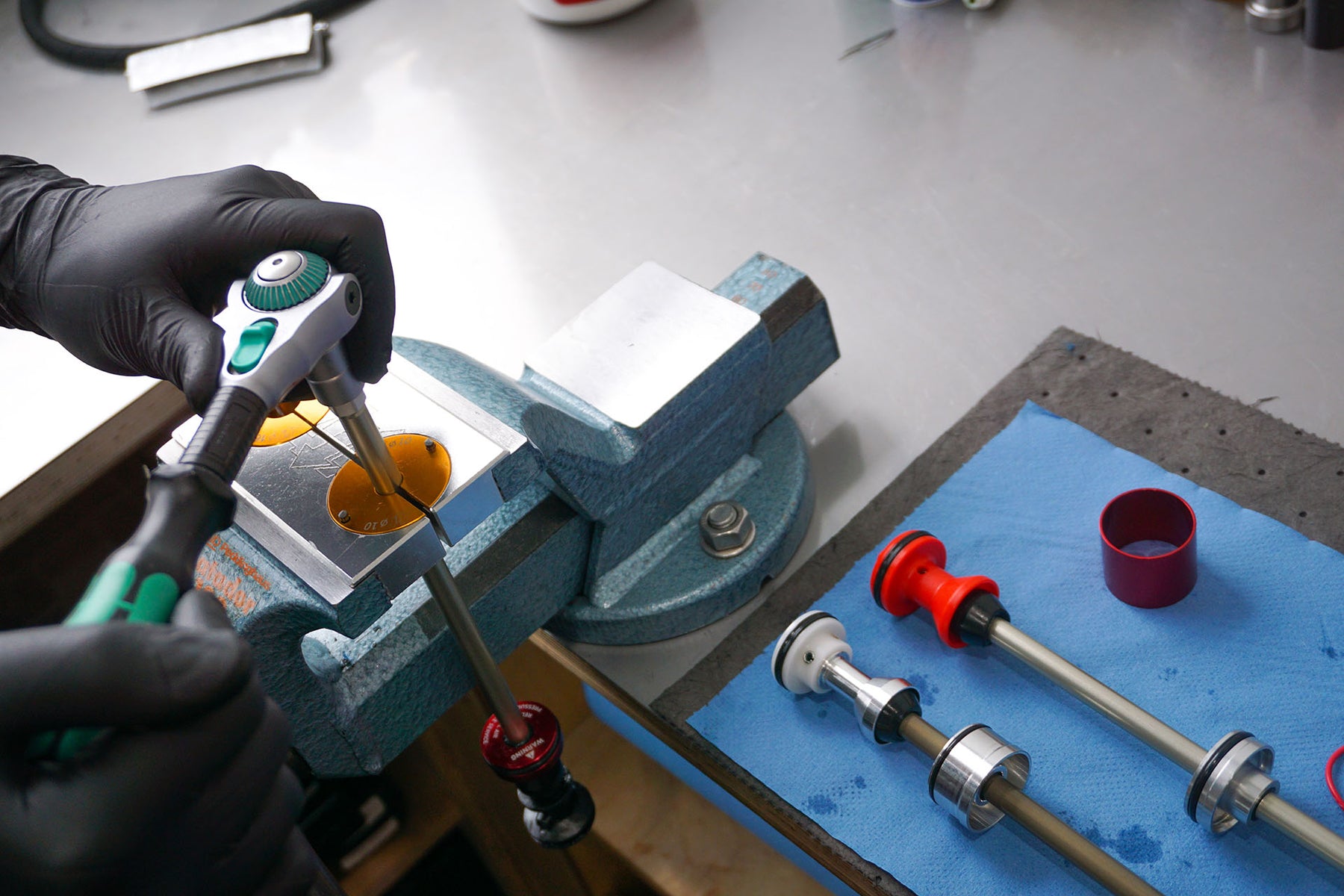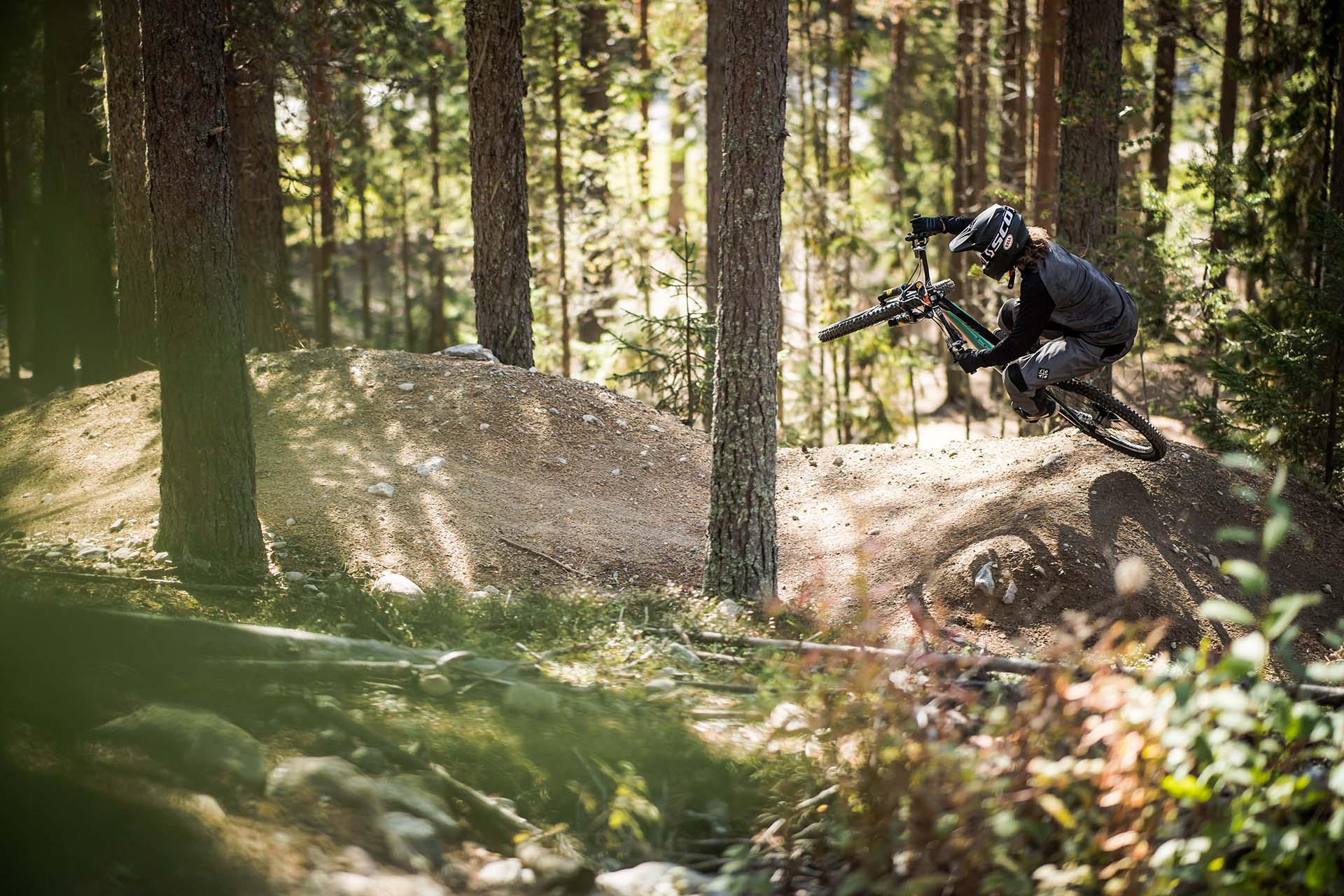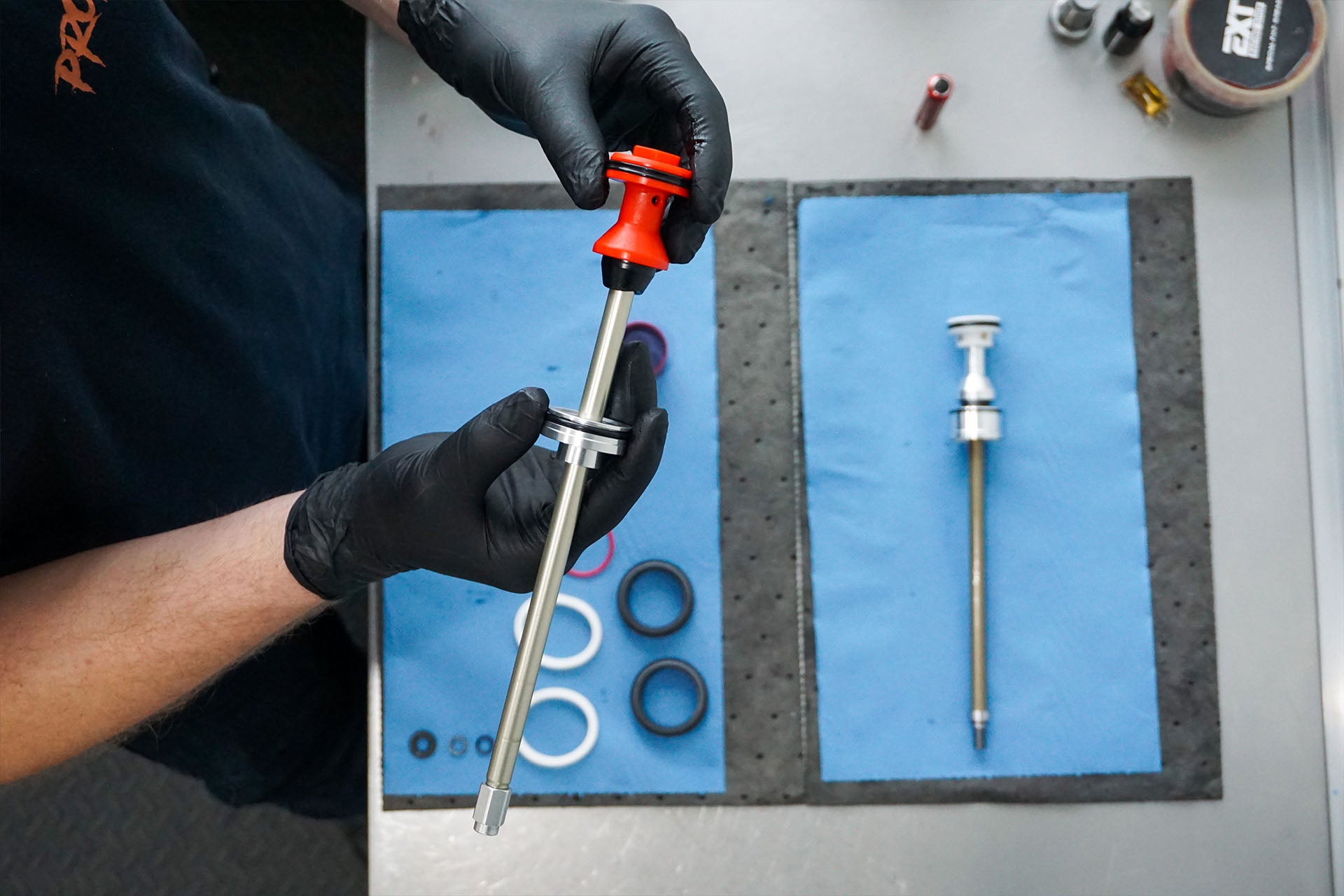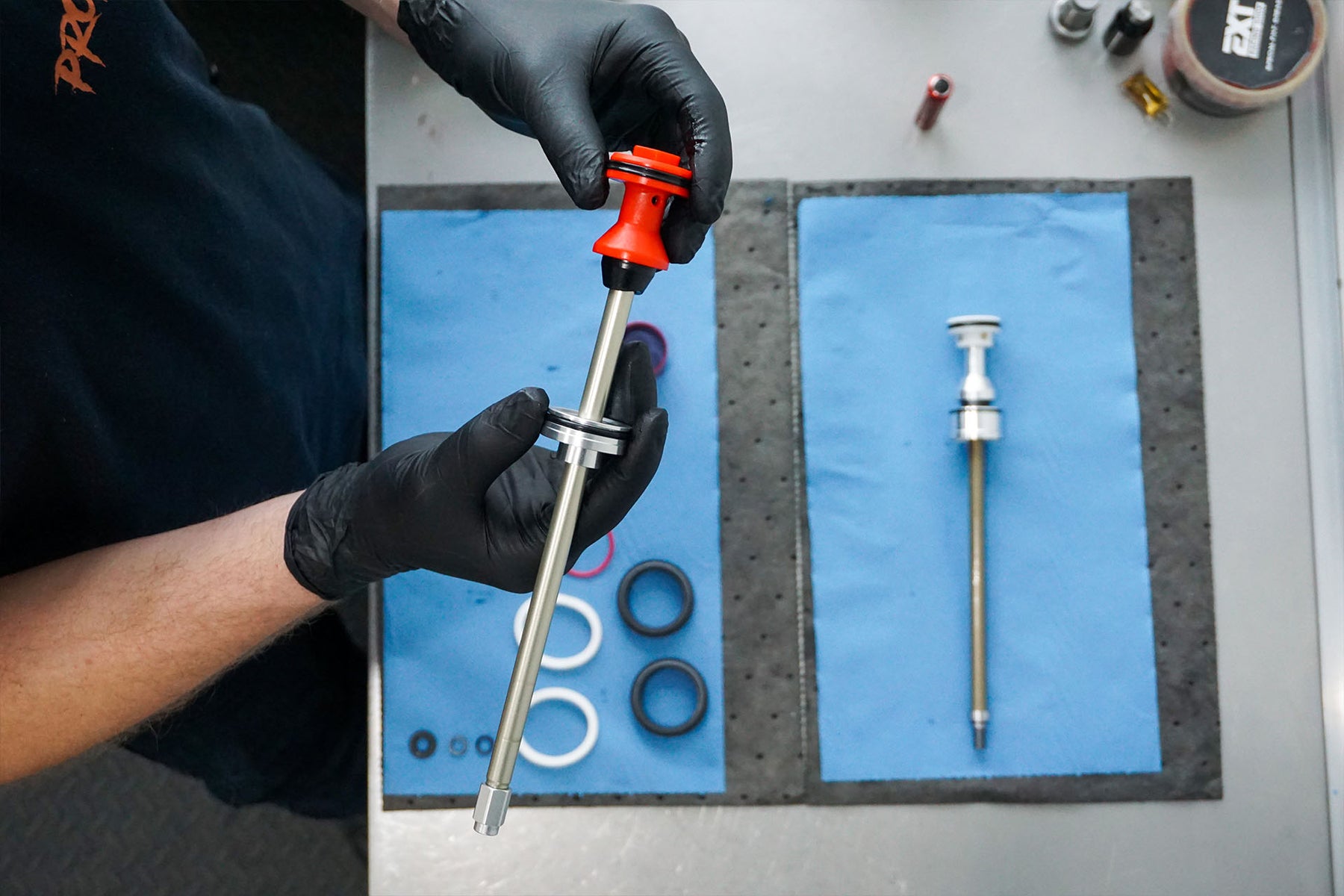Fork Servicing & Upgrades
You may want to know what's involved in servicing a mountain bike fork and why you should get your fork serviced regularly.
A mountain bike fork is designed to move and soak up the impact of any objects, big or small, that you ride over on the trails. Inside the fork are a number of moving parts which without regular servicing will dry out, let in dust and dirt, wear and eventually seize.
Regularly servicing your fork will ensure it's working properly which will make your ride safer and more enjoyable.
At ProFlow Suspension we strip the fork down to its component parts, inspect the parts for damage, clean everything, test the parts and reassemble the fork with brand new seals, oil, grease and foam rings.
We then test the fork using our CTW Dyno to ensure the forks are working correctly and are not faulty.

Air Springs
Air springs are more common in most modern mountain bike forks than coil springs. The air spring is set up to resist the weight of the rider so the heavier your are and the more aggressively you ride the more air you will need. Smaller more timid riders need less air. This is easily adjustable with a shock pump and can be adjusted in small increments to custom tune the fork to the rider. With a coil fork you need to change the spring, you can buy a range of spring weights which will be recommended for riders weight by the product manufacturer. If you're unsure if your forks are set up correctly then feel free to get in touch and we can take a look.

Dampers
Dampers control the motion of the fork and make it feel less like a pogo stick and smoothing out all the bumps in the trail. Getting the damper set up properly will increase front wheel traction while riding rough trails and while cornering. The damper in your fork is filled with hydraulic fluid, the movement of this fluid is controlled by the compression, rebound and lockout dials on your fork which open/close various ports. For example the lock out dial simply closes all of the damper ports, stopping oil from flowing and therefore stopping the fork from moving. Your damper is filled with hydraulic fluid and the lockout, compression, and rebound controls are actuated by opening and closing various ports through which that fluid flows. For example, when you lock out your fork, you’re simply closing all of the damper’s ports, which keeps the oil from flowing.

Rebound
It's important to get the rebound of your fork set up correctly because if it's too slow, your fork won't have rebounded fully before the next impact which makes your fork feel hard and will send impact through your hands. Too much rebound and you'll bounce off every root or rock you come across breaking traction and feeling sketchy.

Uppers
The upper part of your fork is made up of the stanchions (legs which slide into the fork lowers), crown (connects stanchions to steerer) and steerer tube (connects the fork to your bike). This is known as the CSU (crown steerer unit).

Lowers
Fork lowers connect the fork to your wheel and slide upwards during compression. Lowers house the bushings and lubricating oil, which make contact with your uppers. They also house the wiper seals which keep dirt out and the foam rings which provide lubricating oil to the seals and bushings.
